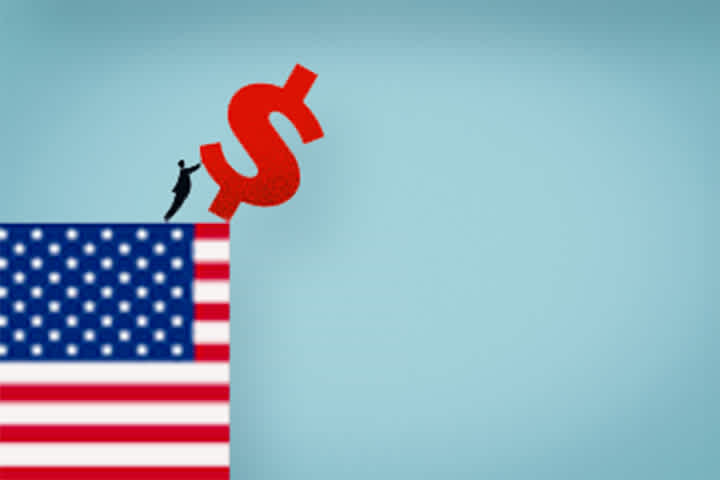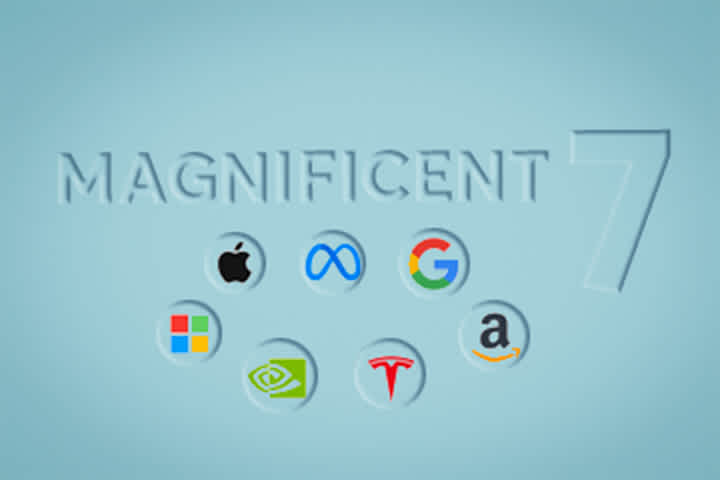Ever thought of investing in the pet industry?
Keytrade Bank
keytradebank.be
November 14, 2024
3 minutes to read
Whether hound, hamster or hedgehog, to many, these are not ‘just’ pets. They are members of the family. They keep you company, and even provide health benefits such as stress reduction and lower blood pressure. This emotional value translates into economic value. There’s dog and cat food, of course. It goes much further, though.
Why invest in the pet sector
• More and more people have pets
There are an estimated one billion pets in the world today. In Europe alone, households care for approximately 110 million cats, 90 million dogs, 50 million birds, 30 million small mammals such as hamsters and rabbits and 15 million fish. Moreover, these numbers are increasing. Between 2010 and 2020, numbers of pets worldwide multiplied by 1 per cent annually, with a peak during the pandemic. Millennials in particular are bringing more animals into their homes. One possible explanation is that, having increasingly abandoned traditional family models (living as a couple, marriage, children), they are opting for pets as companions instead. In the US right now, one in three millennials has one or more pets, and they are happy to spend money on them. A survey shows that half would be willing to sleep outside in the snow if that would extend their pet’s life by a year. Pets occupy just as much of a place in the hearts and minds of other generations. Many elderly people keep pets too, for the company but also to give them structure and something to care for. The proven health benefits of having a pet, such as less loneliness, more exercise and less cognitive decline, act as further encouragement.
• More and more spending on pets
The market for pet products and services has been booming for years, and that seems unlikely to change any time soon. In 2023, owners spent close to USD 320 billion on pets worldwide. According to Bloomberg Intelligence projections, this could reach USD 500 billion by 2030. The industry’s growth offers plenty of opportunities for investors to benefit. The US, the largest market for pets, spent around USD 58 billion on pets in 2013. In 2021, this was already close to 103 billion, an increase of more than 77% in 8 years.
• Less sensitivity to economic cycles
While people may cut back on holidays or luxury goods during a recession, they tend not to skimp on their pets. During the financial crisis consumers spent less in various areas, but pets remained a priority. Expenditure even increased slightly despite the poor economy. In Europe alone, almost EUR 28 billion is spent on animal feed annually.
• Industry innovation and diversification
The pet industry has diversified extensively in recent years. While the focus used to be mainly on essentials such as food and simple accessories, a wide variety of products and services are now available. Examples include pet DNA testing, smart necklaces with GPS trackers, pet insurance, orthopaedic beds, pet care apps, digital pet care and training platforms and luxury massages and spa treatments for dogs. Basics such as nutrition and grooming have also followed broader consumer trends. There are organic and vegan pet foods, as well as foods based on insect proteins. Sunscreen, shampoos, conditioners and skincare products customised for specific skin types and coats: pet shops carry them all. There have also been plenty of healthcare innovations. For example, certain companies specialise in veterinary medicine, surgical equipment and diagnostic tools for pets.
How to invest in the pet industry
The industry offers potential for investors who’d like to capitalise on the increasing numbers of pets and increased pet spending. Others may wish to adapt their portfolio to their own preferences or further diversify it. There are several ways to invest in this industry, including individual shares, trackers (ETFs) and actively managed investment funds. Which option is best for you depends on your risk appetite, knowledge of the sector and how much time you wish to spend on your investments.
Are you willing and able to take major risks? If so, individual shares may suit you best. To find inspiration, try searching for ‘pet stocks’ online. Companies such as Chewy, Zoetis, IDEXX Laboratories, Trupanion and Freshpet rely on the pet industry for most of their turnover. Would you like a more diversified exposure? ETFs, or actively managed investment funds, could be a solution. However, not many ETFs and investment funds are offering exposure to this industry so far.
Want to get started?
At Keytrade Bank, you can choose from thousands of shares and trackers and hundreds of funds for your investments.


